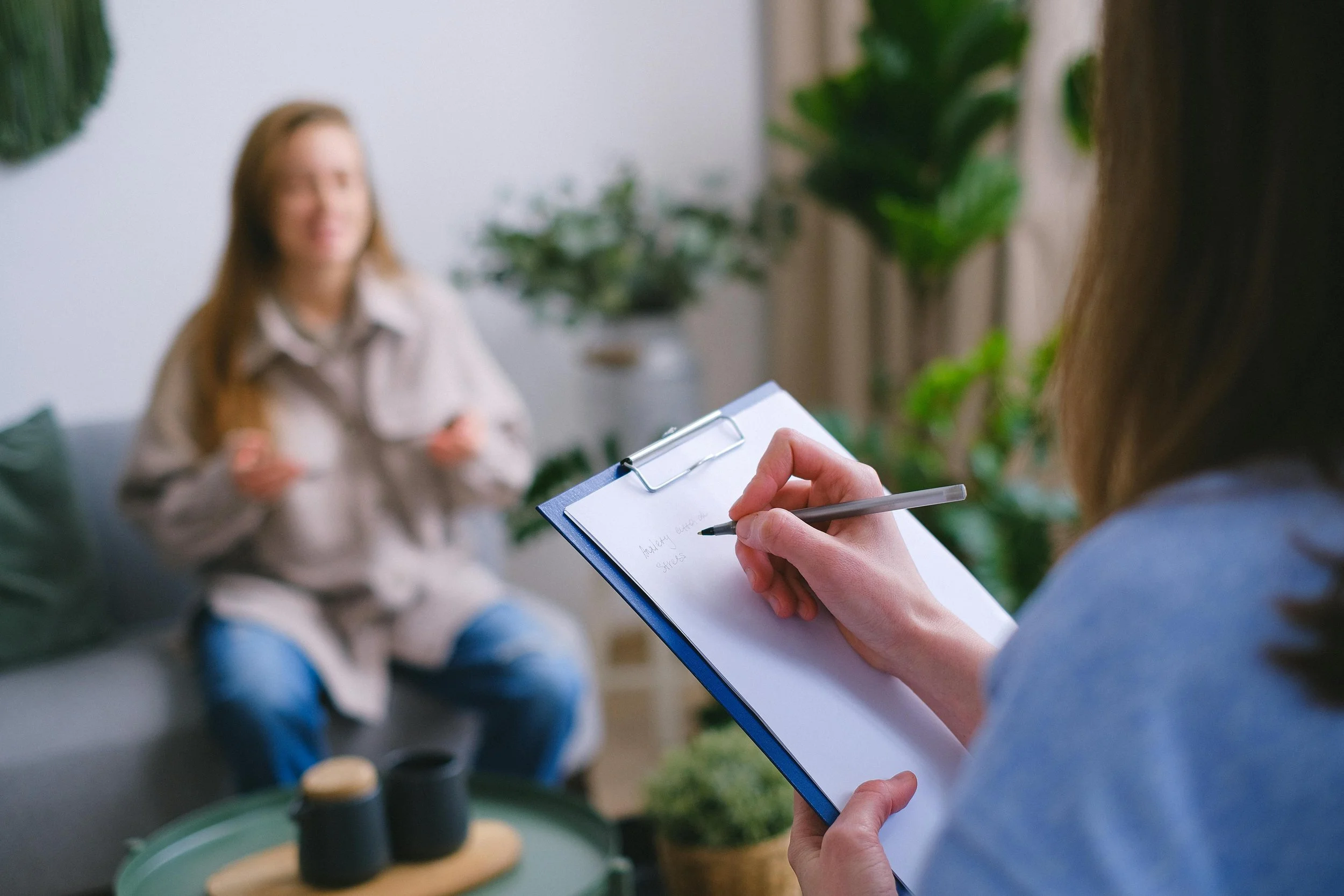FINDING STRENGTH IN THE BATTLE AGAINST ENDOMETRIOSIS
Photo by SHVETS production:
At just 18 years old, I had already been through so much that led up to this moment. On November 5th, 2013, I sat anxiously in a surgery center in Los Gatos, California, pondering what lay ahead. What would the surgeons find? Would I be able to have kids still? What if I didn’t have it? These questions swirled in my mind until I emerged from anesthesia, finally receiving answers to six years of uncertainty.
Endometriosis, often trivialized as "endowhat?", is a condition where tissue similar to the uterine lining grows outside the uterus, affecting most typically the intestines, abdominal wall, and reproductive system. In rare cases it can be found on the lungs, kidneys, liver, eyes, and even the brain. During menstruation, these tissue pockets, filled with endometrial glands, release a substance akin to menstrual blood, triggering inflammation and swelling. Over time, scar tissue forms, binding organs together and causing excruciating pain. Diagnosis requires exploratory surgery, as these lesions often elude conventional medical imaging.
You have stage 4 endometriosis,” my mom said to me as I was waking up. Finally, validation—I wasn't imagining my symptoms. My body had been battling a hidden monster. Scar tissue had entangled my ovaries and tubes, jeopardizing my fertility. My appendix, obscured by endometriosis, had ruptured upon removal. A fragment of my bladder was excised, and my pelvic region meticulously cleaned. Despite affecting 1 in 10 women regardless of age, background, or ethnicity, endometriosis remains shrouded in silence. Diagnosis often takes years, with women of color disproportionately overlooked. The disease's severity varies greatly, with stages determined by lesion quantity, size, distribution, and accompanying scar tissue and cysts. Yet, pain levels do not always correlate with stage, making it a perplexing condition to assess. Prior to my surgery, I endured years of debilitating symptoms, casting a shadow over my adolescence. However, now, a decade later, free from pain and blessed with two children, I feel compelled to share my story. There are many women who feel alone in this disease that shouldn't and it is my hope that when we stand together as women and fight for better healthcare overall, we can all win.
Courtney Joy Willoughby
Courtneyis a California native, wife to an Army Veteran, and a mom of two. She works with both real estate professionals and small business owners by providing them with marketing services to amplify their business presence, grow, meet their goals, and impact the community around them and strives to be an encouraging force for collaboration between entrepreneurs. When she's not making marketing magic happen, you can find Courtney near the pool in the summer, at a Huntsville havoc game, or coaching her daughter’s cheer squad.
IG: @mavemarketing or @thecourtneyconfession


